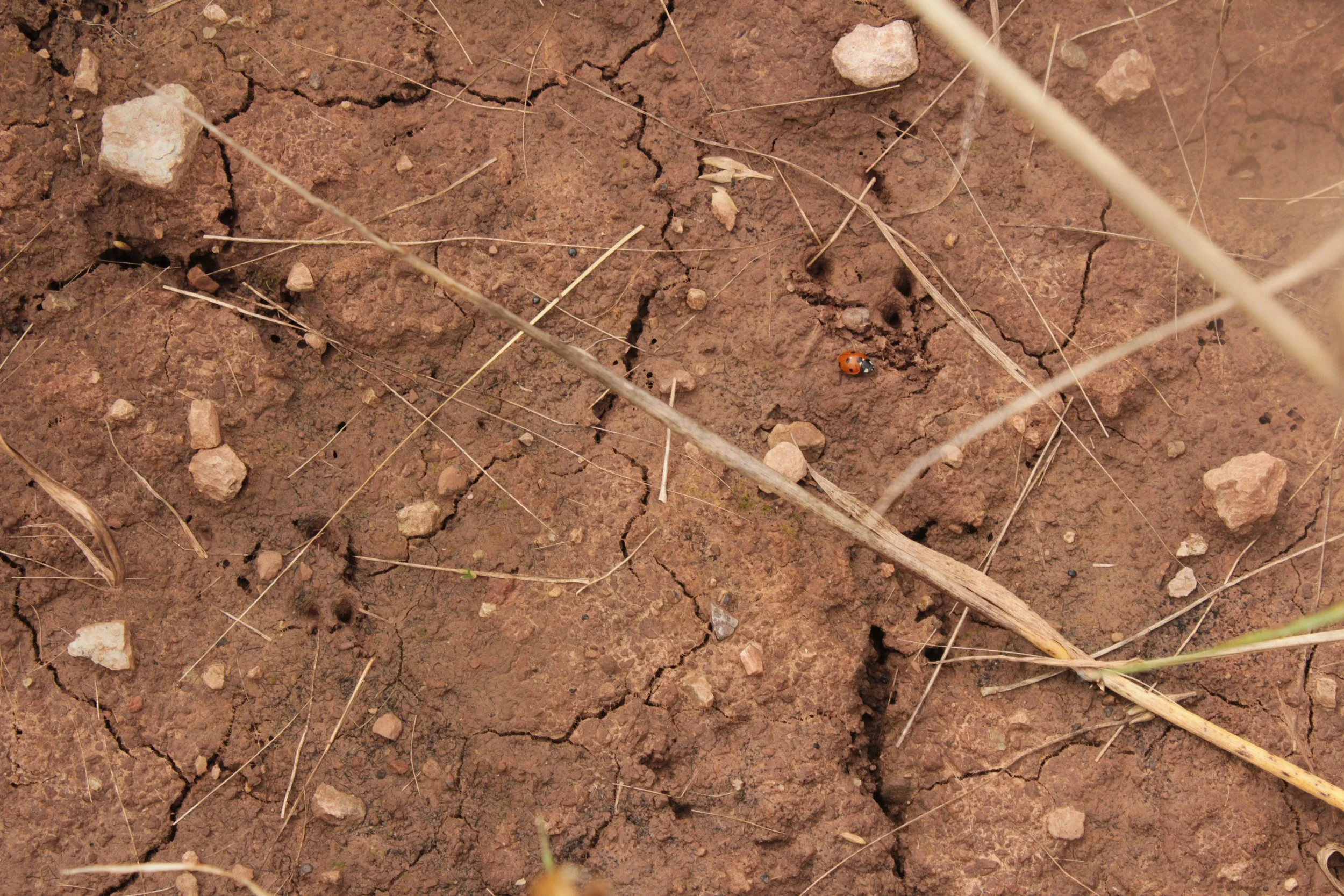Home / British mammals / European mole
Mole
Scientific name: Talpa europaea
The mole's short black fur, spade-like forelimbs with large claws, fleshy snout, and tiny eyes are adaptations to its subterranean lifestyle. The mole is found throughout mainland Britain, but is not present in Ireland.
Taxonomy chart
Animalia - Chordata - Mammalia - Eulipotyphla- Talpidae - Talpa - Talpa europaea
Conservation status: UK Red List
GB: Least Concern
England: Least Concern
Scotland: Least Concern
Wales: Least Concern
Global: Least Concern
Species information
Habitat: Urban & gardens, upland & moorland, grassland, mixed woodland, arable land.
Description: Moles have short usually black velvety fur, with spade-like forelimbs with large claws that face towards the rear of the animal. Pink fleshy snout and tiny eyes.
Size: 113-159mm. Tail: 25-40mm.
Weight: 72-128g. Males usually larger.
Lifespan: Most moles don’t live beyond 3 years but can live up to 6 years. Their main predators are tawny owls and buzzards, stoats, cats and dogs, along with some vehicular casualties. Humans also kill many as pests of agriculture.
Origin and distribution
Moles are found throughout Britain but not in Ireland. They are present in most habitats where the soil is deep enough to allow tunnelling but are uncommon in coniferous forests, on moorlands and in sand dunes, probably because their prey is scarce.
Diet
Earthworms are the most important component of the mole’s diet; an 80g mole needs 50g of earthworms per day. Moles also eat many insect larvae particularly in the summer, though earthworms dominate the winter diet. Moles sometimes collect and store their food (earthworms) alive in special chambers. The stored worms are immobilised by a bite to the head segment and up to 470 worms have been recorded in one chamber.
General ecology
Moles spend almost all their lives underground in a system of permanent and semi-permanent tunnels. Surface tunnels are usually short-lived and occur in newly cultivated fields, in areas of light sandy soil and in very shallow soils, where prey is concentrated just below the surface. More usual is a system of permanent deep burrows which form a complex network hundreds of metres long at varying depths in the soil. The deepest tunnels are used most in times of drought and low temperatures. Permanent tunnels are used repeatedly for feeding over long periods of time, sometimes by several generations of moles.
Breeding
Males and females are solitary for most of the year, occupying exclusive territories. With the start of the breeding season males enlarge their territories, tunnelling over large areas in search of females. Within the tunnel system moles construct one or more spherical nest chambers, each lined with a ball of dry plant material. Nests are used for sleeping and for raising young. A litter of 3 or 4 naked babies is born in the spring. Fur starts to grow at 14 days, eyes open at 22 days and they are weaned at 4-5 weeks. The young start to leave the nest at 33 days and disperse from their mother’s range at 5-6 weeks. Dispersal takes place above ground and is a time of great danger. Moles are sexually mature in the spring following birth.
Conservation status
Moles have no legal protection in the U.K. and are frequently regarded as pests by farmers, horticulturists and green-keepers. Surface tunnelling in newly planted fields may disturb plant roots so much that they will wilt and die. Mole hills cause damage to farm machinery and also cause contamination of grass used to make silage. At the beginning of the century moles were trapped in large numbers for their pelts but today they are killed as pests. This is done by trapping, which can be cruel.
Moles used to be commonly poisoned using strychnine. Death by strychnine poisoning is slow and agonising, and strychnine is highly dangerous to other wildlife, domestic animals and humans. For these reasons it is now illegal to use strychnine for poisoning moles or any other animals. Moles can be beneficial to man, preying on many harmful insect larvae such as cockchafers and carrot fly, while tunnels help drain and aerate heavy soils.
Identification
Cylindrical body with prominent broad, spade-like forelimbs, pink pointed snout and short tail. Uniformly short velvety black fur. Ears not visible and minute eyes. Molehills more commonly seen than moles themselves.
Field signs: Download your printable field sign guide below.
Molehills: Molehills are the characteristic and easy to recognise field sign to record the presence of moles. Molehills consist of pure loose soil. When moles dig, they push the loosened soil up a shaft to the surface, forming piles of earth. These molehills are easy to spot and indicate the presence of moles. Moles use molehills as a food source, especially for earthworms and insects.
Download resources
Identify sounds
Heard a curious animal sound but no idea whose making it?
Wildlife identification FAQ
Still not sure what you’ve found? Head over to our FAQ for an answer.






